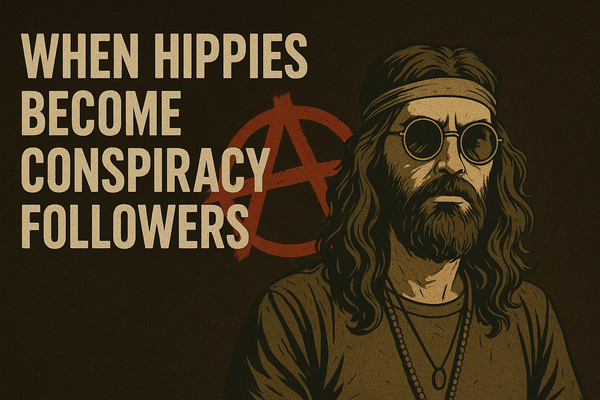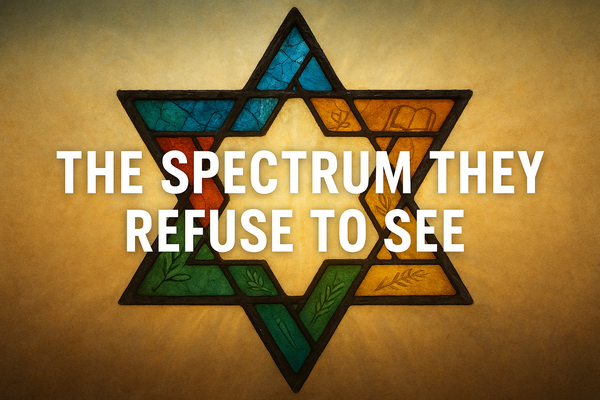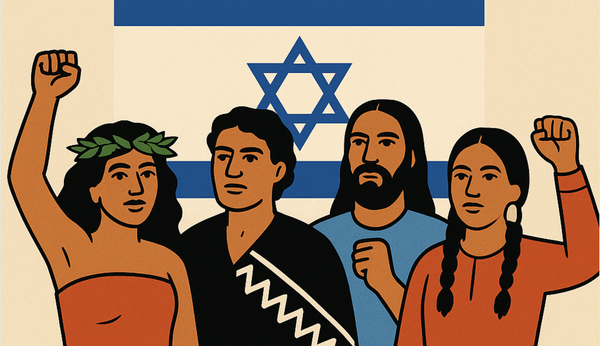The Nuances of Non-Monogamous Relating: Finding What Works for You

In the ever-evolving landscape of human connection, non-monogamy offers a spectrum of possibilities. It’s an umbrella term encompassing many ways of relating, from swinging to polyamory, open relationships, relationship anarchy, and more. At its core, non-monogamy invites us to move beyond societal norms and explore what feels most authentic to us. Yet, within this freedom lies a beautiful complexity: no two non-monogamous relationships are the same.
This is where the magic happens—crafting a relational style that aligns with your values, desires, and the unique dynamic you share with your partner(s).
Every Relationship is Unique
When stepping into non-monogamy, it can be tempting to find a label and stick with it for clarity. Terms like “polyamory” or “open relationship” offer frameworks, and these can be incredibly useful for communication. However, relationships rarely fit neatly into predefined boxes.
For some, swinging might mean occasional, playful sexual exploration with other couples, while others might view it as an integral part of their connection. Polyamory often implies multiple loving relationships, but what if love takes a different form for you? Open relationships might center on sexual autonomy, but for some, they might embody emotional openness or a philosophical openness to life’s connections.
This variability is the heart of non-monogamy: the freedom to define your relationships in ways that feel authentic to you.
Examples of Nuanced Non-Monogamous Relationships
1. Parallel Polyamory:
- Partners are aware of each other’s relationships but don’t necessarily interact or share social spaces with each other.
- Example: Alex and Sam both date other people but choose not to meet each other’s partners. They focus on maintaining their own relationship while respecting each other’s autonomy.
2. Kitchen Table Polyamory:
- Everyone involved (partners, metamours, etc.) feels comfortable interacting socially, like sitting around the kitchen table together.
- Example: Jamie and Taylor host regular dinners where all their partners and metamours gather to build community and connection.
3. Solo Polyamory:
- Individuals prioritize their independence and autonomy, choosing not to have a “primary” partner or cohabitate.
- Example: Chris dates multiple people but maintains their own home and avoids traditional relationship hierarchies, focusing instead on personal growth and connection.
4. Monogamish:
- Primarily monogamous relationships that allow for occasional sexual experiences outside the partnership, often with clear boundaries.
- Example: Mia and Ryan are deeply committed to each other but occasionally enjoy casual flings when traveling, as long as they discuss it openly.
5. Sensual Non-Monogamy:
- Connections that emphasize touch, intimacy, and emotional closeness without necessarily involving sex.
- Example: Brooke and Devin enjoy giving and receiving massages or cuddling with others, valuing the comfort and connection of physical touch without crossing into sexual territory.
6. Emotional Non-Monogamy:
- Partners allow for emotional intimacy with others while keeping sexual exclusivity.
- Example: Morgan and Lee have close, platonic friendships with deep emotional bonds but reserve sex solely for each other.
7. Relationship Anarchy:
- Rejects traditional relationship hierarchies and emphasizes building connections based on mutual respect and individual needs, rather than societal norms.
- Example: Sasha and Quinn define each relationship uniquely, with no labels or expectations around what each connection “should” look like.
Our Journey: Defining Our Relational Style
In our relationship, we (Daniel and Elfina) have explored and embraced the nuances of non-monogamy in ways that reflect our shared values and individual needs. We identify as relationship anarchists in an open relationship, open to polyamory, enjoying aspects of swinging, and having a tendency toward monosexuality (vaginal sex with one partner) while being deeply poly-sensual.
Here’s what that means to us:
- Relationship Anarchy gives us the freedom to shape our connections based on mutual needs, without strict hierarchies or expectations.
- Open Relationship reflects our autonomy and openness to what life brings—be it romantic, platonic, or sensual.
- Swinging allows for fun, consensual exploration in shared experiences.
- Tendency Toward Monosexuality means that, while we’re open to intimacy with others, vaginal sex tends to remain between us—but this is neither a strict boundary nor an expectation. It simply reflects where we are right now in our journey.
- Poly-Sensuality highlights the joy we find in physical touch and intimacy without it necessarily being sexual.
This blend is as fluid as it is intentional, and it works for us because we’ve spent time in conversation, exploration, and reflection. Defining our relational style helps us navigate the world and explain our dynamic in ways that resonate both within and beyond our relationship.
Why Defining Your Style Is Useful
- Clarity and Communication: Having a shared language helps you and your partner(s) align expectations and intentions. It also makes it easier to share your dynamic with others if you choose.
- Validation of Your Unique Path: Non-monogamy comes with infinite variations. Defining your style ensures you’re honoring your truth rather than adhering to someone else’s rules.
- Adaptability: Life changes, as do relationships. Knowing your foundational values and style allows you to adapt while staying grounded in what matters most.
Our Takeaway
Labels can serve as helpful tools, but they’re not the end goal. Instead, they’re starting points for conversation, exploration, and connection. The most important thing is that your relationships feel authentic and aligned for you and your partner(s). For us, our fluid and unique style reflects the balance between freedom and connection that feels just right.
Your Turn: What’s Your Relating Style?
What about you? Have you explored non-monogamy or other relationship structures? How do you define the way you connect with others?
Here are a few questions to reflect on:
- What values guide your relationships?
- Do you resonate with certain labels, or do they feel limiting?
- How do you navigate autonomy and connection in your relationships?
We’d love to hear about your journey. Share your thoughts in the comments, or reach out—because every relationship is as unique as the people within it, and that’s what makes this journey so rich and meaningful.
Listen to the Podcast






